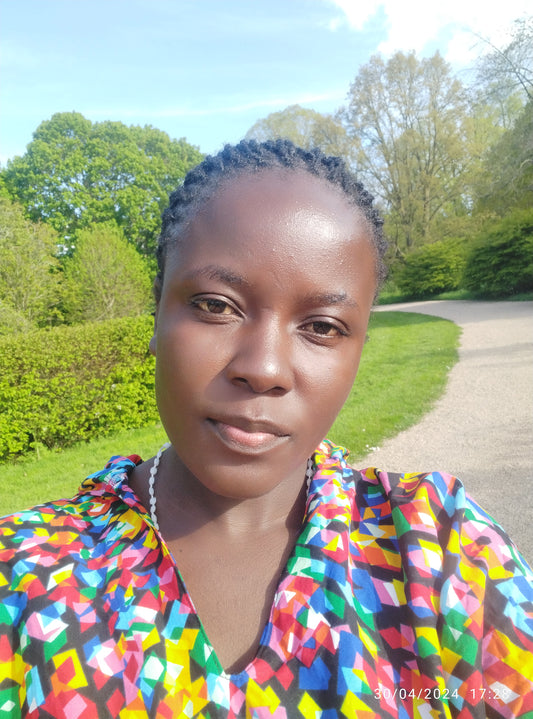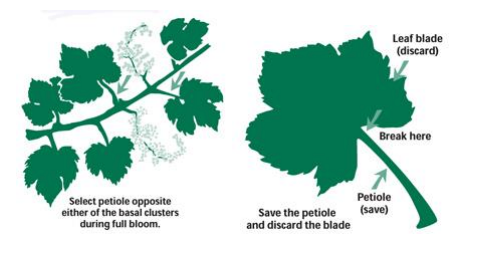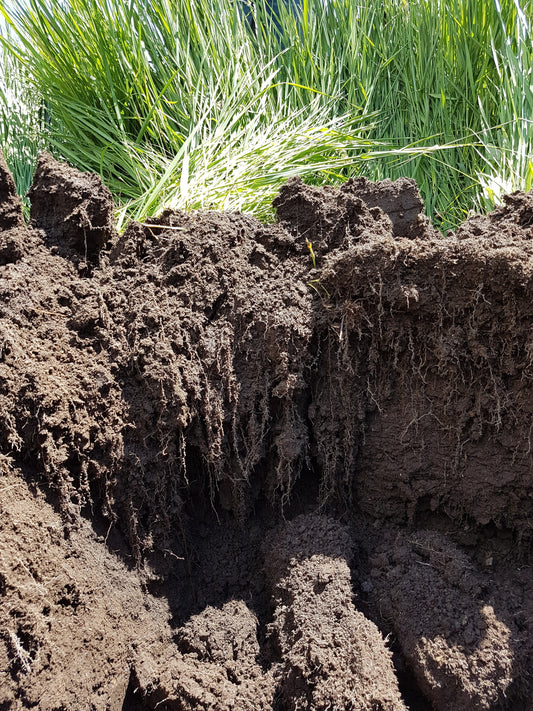What I appreciate about the regenerative movement is the sense of global unity—people linking arms across continents. When someone shares their journey, I can feel the layers of history and experience that have shaped their perspectives and actions.
Lately, I've noticed social media posts posing questions like, "Who are the top three influencers in Regenerative Agriculture?" This framing feels misaligned with the essence of regeneration. It's akin to spotlighting the mother tree in a forest while overlooking the intricate web of life that supports her. Her strength isn't solitary; it's rooted in a community of microbes, mycelial networks, the mulch of predecessors, and the myriad of insects and birds that interact with her.
Reflecting on my own journey, influential American speakers like Dr. Elaine Ingham (2003), Dr. Arden Andersen (2006), and Jerry Brunetti (2007) provided pivotal insights. However, the foundation of my learning was enriched by local knowledge and the incredible networks within my community. If I were to list the top 20 individuals who influenced me, many wouldn't be from the U.S. or Australia—though their contributions are invaluable.
New Zealand boasts a rich history of regenerative practices, from traditional Māori food production methods that have cultivated fertile soils, to the visible stone walls and terraces on farms today. Hua Parakore, developed by Te Waka Kai Ora with leaders like Percy Tipene, Dr. Jessica Hutchings, and Gretta Carney (whose award-winning eatery, Hapi, is a must-visit), offers a kaupapa Māori framework for growing kai. This system aligns integrity, values, people, wisdom, and organic food production in a way that, in my view, surpasses other certifications.
Transitioning from an individual-centric perspective to one that embraces community is transformative. Celebrating diverse voices means recognizing that true success stems from fostering connections, supporting each other, and valuing collective efforts as much as individual contributions. Let's honor the symbiotic relationships that uplift us—the bookkeepers, the doers, the introverts, the researchers, the elders, the artists, and the writers.
Lessons from the Holobiont
Collaboration Is Key
Movements like Regenerative Agriculture are built upon the cumulative actions of many individuals.
The Hidden Is Essential
While visible figures often receive recognition, it's the unseen contributors—like the microbes in soil—that play crucial roles in success.
Value Diversity
Diversity within a holobiont fosters resilience. This principle applies to ecosystems and human communities alike.
Final Thoughts
The holobiont teaches us that thriving isn't a solitary endeavor. It's an invitation to move beyond individualism and focus on the networks of connections that enable success and survival.
I believe we're witnessing a shift from the era of the solitary expert to one that celebrates collective influence, relationships, and community. Life isn't lived in isolation; it's experienced together.
Gratitude
I'm deeply thankful for the stalwarts of New Zealand's organic and biodynamic movement: John Ridout, Tom Harris, Thelma and John Williams, Jenny and Steve Erickson (though Steve is technically American, we've proudly adopted him), Doug Brown, Kay Baxter, Gavin Fisher, Ewan Campbell, Marion Thompson, Chris Hull, Steven Haswell, Frank van Steensel, and so many more.
I couldn't do my work without my core team: Meagan Lannan, Jeremy Masters, Michelle Pollock, and my Mum, Namma. They're all legends in their own right.





